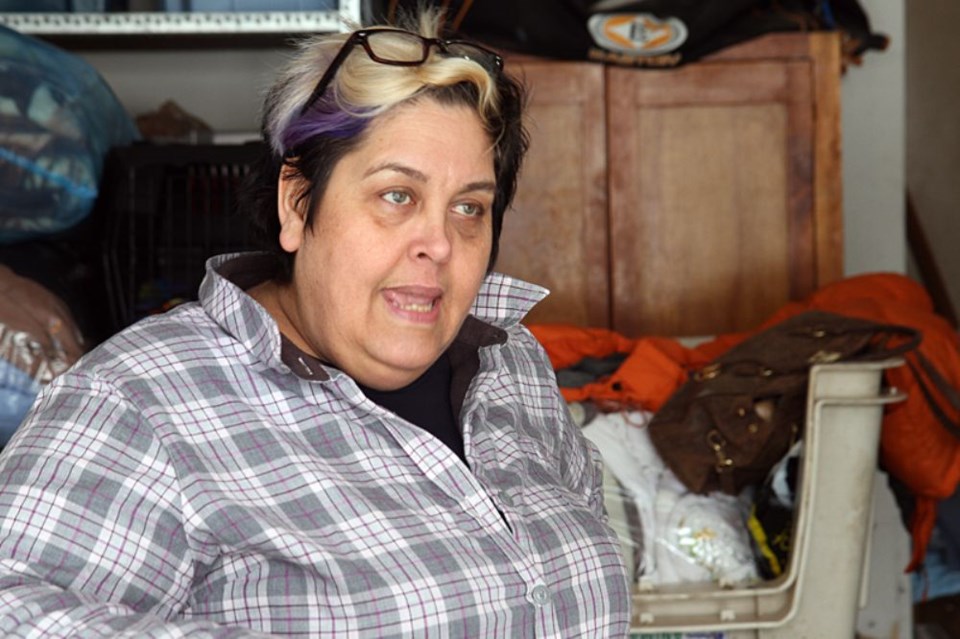THUNDER BAY -- A program launched last year to bring down dog populations in remote First Nations, is expanding into new communities.
The Northern Spay and Neuter program, which impacted 105 dogs in 2015 is flying into Neskantaga and Webequie First Nations over four days beginning on Wednesday.
The program's success prompted an abundance of request for clinics in communities that have long-standing problems with wild and domestic dog breeding.
"We are aiming to help at least 100 dogs between the two communities," said Lori Clace, Northern Spay and Neuter program volunteer.
"We are helping them get to a place where they can start to regulate their own dog control."
Dog owners will be encouraged to bring their own animals to undergo procedures at no charge. Although Clace conceded long-term plans are necessary to bring dog numbers under control, she believes owners can help take it to the next step.
"All of us have been involved with rescues and we have all come to understand that this is a band aid solution," she said.
"We get to help them out and show them the difference between having a dog that's spayed and neutered and having a dog that isn't spayed and neutered. It makes all the difference in the world."
